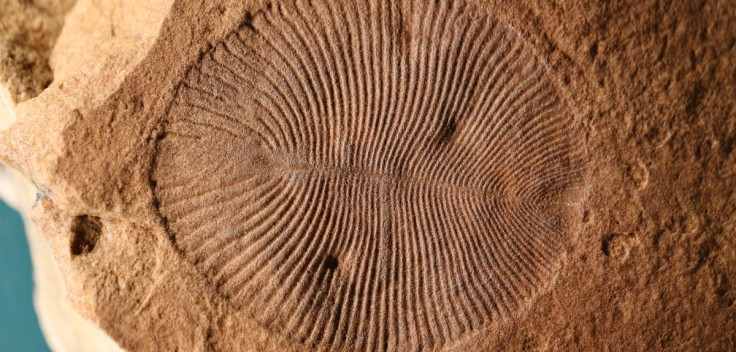Scientists Identify Mysterious Creature That Lived 550 Million Years Ago

A weird-looking thing that lived in Earth’s ocean more than 500 million years ago was an animal, scientists are saying, and its anatomy could help us understand how early life evolved and turned into the complex organisms we have today.
The creature in question is called Dickinsonia, an organism with a soft body that lived between 550 million and 560 million years ago, in the late part of the geological period Ediacaran. Scientists studying its fossils have debated what kind of living thing it was since its discovery in 1947. But a new research team analyzed its body, including its growth and development, and has concluded that Dickinsonia was indeed an animal, according to their study in the journal Proceedings of the Royal Society B.
Dickinsonia and the other creatures that lived during the same time period “are mysterious because despite there being around 200 different species, very few of them resemble any living or extinct organism,” lead study author Renee Hoekzema said in a statement from the University of Oxford. “Therefore what they were, and how they relate to modern organisms, has been a long-standing paleontological mystery.”
In the case of Dickinsonia specifically, it has been described as looking like a jellyfish, a fungus, even a bathmat.
Because it lived at the time it did, its classification as an animal backs up recent suggestions from scientists that animals appeared even before an event known as the Cambrian radiation or the Cambrian explosion, a time after the Ediacaran period when a huge number of Earth’s living things emerged all at once. That included bilaterian animals, which have bodies that can be divided into different sides — right and left, top and bottom, back and front.
The scientists who analyzed Dickinsonia’s body looked at “assumed juvenile and adult individuals, to assess how it grew and to try to work out how to classify it from a developmental perspective,” study co-author Alex Liu said in the university statement.
They didn’t have a lot of body characteristics to work with, but focusing on growth helped because it’s a process that remains consistent over time and evolution.
The soft, flat body is made up of different units that increase in number as the organism grows. The team studied how that occurred and developed a model for its growth.
“When we combined this growth data with previously obtained information on how Dickinsonia moved, as well as some of its morphological features, we were able to reject all non-animal possibilities for its original biological affinity and show that it was an early animal,” Hoekzema said. “This is one of the first times that a member of the Ediacaran biota has been identified as an animal on the basis of positive evidence.”
According to the study, the more specific classification of Dickinsonia will help scientists who are investigating how early life evolved, including how animals developed anatomy such that different areas of the body perform different functions.
“It also allows Dickinsonia to be considered in debates surrounding the evolution and development of key animal traits,” Liu said, “which will ultimately improve our knowledge of how the earliest animals made the transition from simple forms to the diverse range of body plans we see today.”
© Copyright IBTimes 2024. All rights reserved.





















